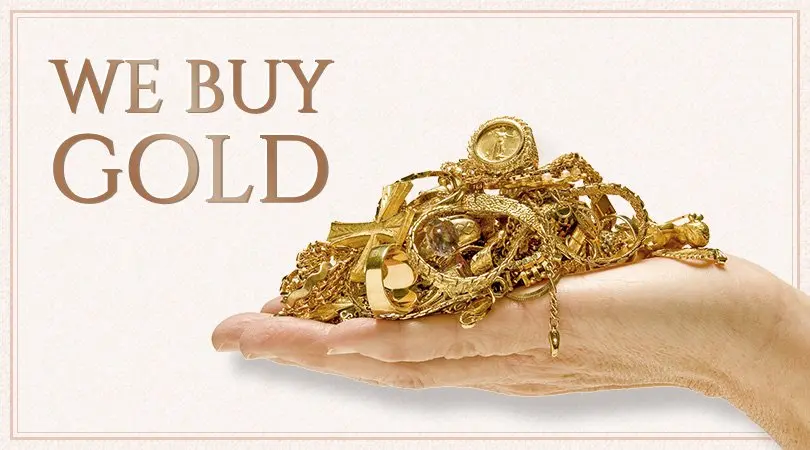Revealing the Mysteries Of the Assessment Process Used by Gold Buyers
Wiki Article
The valuation procedure employed from gold purchasers is a important topic to individuals keen in disposing of precious metal. Comprehending the way gold gets assessed can help sellers formulate informed choices as well as guarantee they obtain an fair valuation. Gold buyers typically utilize several essential factors for determine an worth of gold pieces, including purity, weight, and current market valuations. All of elements has a significant role in the overall assessment process.
A among the first stages of this appraisal process is assessing the purity in a precious metal. Precious metal fineness can be measured by karat weight, where twenty-four karats being pure gold. A majority of precious metal jewelry is not 100% and can consist of 10, 14, or 18 karat. A greater a karat number value, the more greater precious metal material that item contains. Precious metal buyers often use a assessment method, like chemical testing or electronic testing, to determine the purity of the gold. This stage remains crucial because it directly influences an piece's worth. For, example, a 24-karat gold piece will be worth greater compared to a fourteen karat item, even when both have the same weight same weight.
Another mass in a precious metal item is another critical factor in this valuation process. Gold can be typically measured in grams and troy ounces. Purchasers shall measure a precious metal for compute the worth according to its fineness. The weight is multiplied by the gold's fineness percentage to find the quantity in 100% precious metal contained in a item. For, if a fourteen karat precious metal band has a mass of 10 grams, the item contains about 5.83 grams of pure gold. Such computation assists purchasers ascertain how much they are willing to pay for an piece.
Current trading valuations also play an important role during this appraisal for precious metal. The valuation of gold fluctuates based on supply and demand, financial factors, as well as international occurrences. Gold buyers maintain an close eye on these trading fluctuations for ensure they provide fair prices. Buyers often refer at a current check out here price of gold, which represents the present trading valuation of instant transaction. Such valuation can change every day, therefore purchasers must remain informed for offer accurate valuations. Sellers must also remain cognizant of these trading fluctuations, because they can influence a valuation they receive for the precious metal.
Finally, the state and quality in the precious metal item can influence the value. Unique styles, designer labels, plus historical significance may each add to an worth of the piece. For instance, one finely made gold necklace by a well-known famous designer can fetch a greater price than a comparable piece without any designer name. Buyers shall take into account these factors while formulating a bid. Sellers must spend some time for polish plus present their gold items properly, because it may positively affect a purchaser's view and the ultimate valuation.

In summary, this appraisal procedure employed by gold purchasers involves various key factors, such as fineness, mass, present trading valuations, and the condition of the piece. Comprehending such elements may assist vendors navigate this disposal procedure more effectively. Through being informed on how gold is valued, sellers can ensure they receive an fair valuation in exchange for the precious metal pieces. Whether selling ornaments, currency, and other precious metal items, awareness of this appraisal procedure is essential for making smart monetary choices.